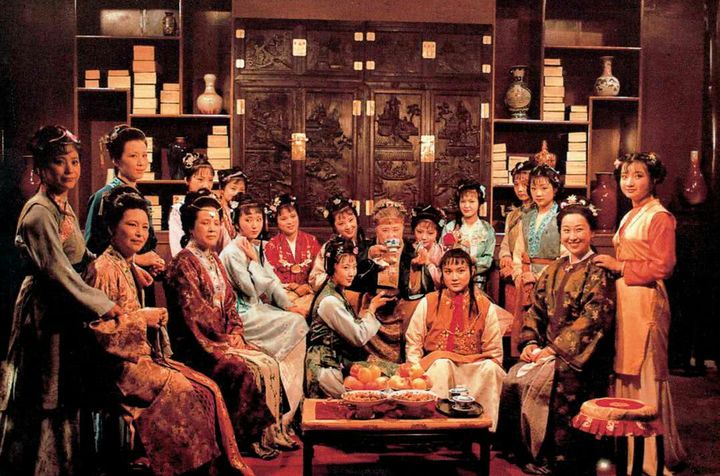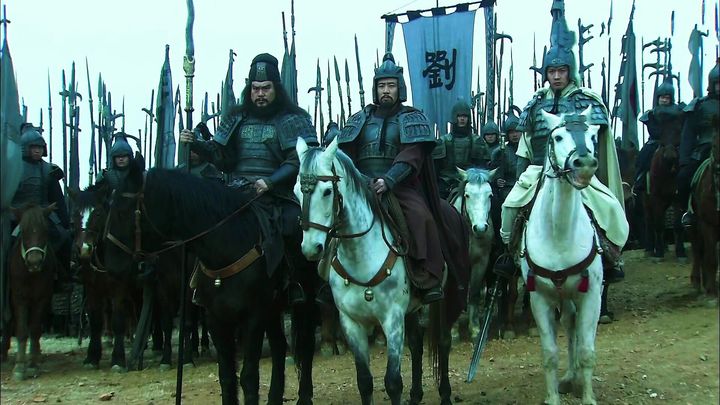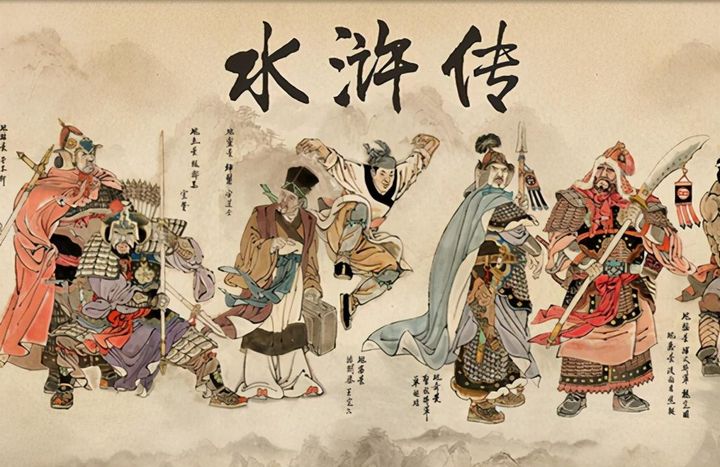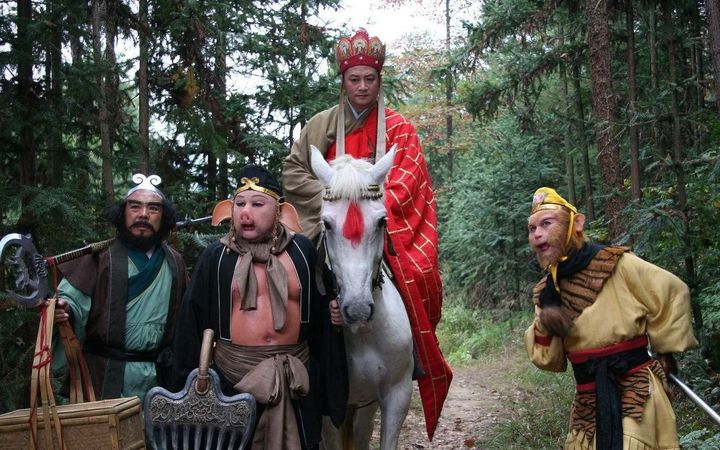Chinese classics are profound, profound and have a long history. They are a shining wonder of world culture. Which classics have you read? What do you know about the famous works of Chinese classical literature? The editor has compiled the top ten Chinese classical literary masterpieces for everyone, including: Dream of Red Mansions, Romance of the Three Kingdoms, Water Margin, Journey to the West, The Analects of Confucius, Sun Tzu’s Art of War, etc. I believe that these Chinese literary masterpieces are familiar to everyone. Which ones have you read? ?
1. “A Dream of Red Mansions”红楼梦

2. “Romance of the Three Kingdoms”三国演义

3. “Water Margin”水浒传

4. “Journey to the West”西游记

5. “The Analects”论语
The Analects of Confucius was compiled by Confucius’s disciples and his disciples, and was completed in the early Warring States period. It mainly records the words and deeds of Confucius and his disciples, which reflects Confucius’s thoughts more concentratedly. It is one of the classic works of the Confucian school. It is mainly composed of quotations and supplemented by narratives, which embodies Confucius’ political opinions, ethical thoughts, moral concepts and educational principles. The book has a total of 20 chapters and 492 articles, the first of its kind in the “quotation style”. It is one of the ancient works spread and studied in China. “The Analects” had three versions in ancient times, including “Gu Lun”, “Lun of Lu” and “Lun of Qi”. The current Analects of Confucius is a version compiled from Lu Lun and Gu Lun, while Qi Lun was lost during the Han and Wei dynasties.
6. “The Art of War”孙子兵法
“Sun Tzu’s Art of War”, also known as “Sun Tzu’s Art of War”, “Wu Sun Tzu’s Art of War”, “Sun Tzu’s Art of War”, “Sun Tzu’s Art of War”, etc., is the earliest extant military book in China and the earliest military work in the world. It is known as the “Holy Book of Military Science” “. There are about 6,000 words in total, and there are thirteen articles in total. “The Art of War” is a brilliant treasure in ancient China’s military cultural heritage and an important part of excellent traditional culture. Its content is extensive and profound, its thoughts are profound and rich, and its logic is meticulous and rigorous. It is a concentrated expression of the essence of ancient military thought. The author is Sun Wu, a general of Wu State whose ancestral home is Le’an, Qi State in the Spring and Autumn Period. It has a history of 2,500 years since its birth, and has been studied throughout the ages. Li Shimin said, “Looking at all the military books, there is no one like Sun Wu.” The bamboo slips of “Sun Tzu’s Art of War” were unearthed in Linyi in 1972.
7. “Strange Stories from a Chinese Studio”聊斋志异
“Strange Stories from a Chinese Studio”, referred to as “Liao Zhai” and commonly known as “The Legend of the Ghost Fox”, is a collection of classical Chinese short stories written by Pu Songling, a famous novelist in the Qing Dynasty of China. “Strange Stories from a Chinese Studio” means recording strange stories in the study. “Liao Zhai” is the name of his study, “Zhi” means recording, and “Yi” means strange stories. There are 491 short stories in the book. They either expose the darkness of feudal rule, criticize the corruption of the imperial examination system, or resist the shackles of feudal ethics. They have rich and profound ideological content. There are the largest number of works describing the theme of love in the whole book, and they express a strong anti-feudal etiquette spirit. Some of these works express the author’s ideal love through the love between flower demons and foxes.
8. “The Appearance of Officialdom”官场现形记
“The Appearance of Officialdom” is a novel written by Li Boyuan, a writer in the late Qing Dynasty. The novel was first serialized in the “World Prosperity News” published by Chen, with a total of 60 chapters in five volumes. It is the first long chapter novel serialized in a newspaper in modern China and achieved social sensation. It is connected by more than 30 relatively independent officialdom stories, involving the Qing government from the emperor down to miscellaneous minor officials, etc., creating a trend of modern novels criticizing reality. In 1998, Hong Kong’s “Asia Weekly” selected the 100 outstanding literary works of the 20th century, and “The Revelation of Officialdom” ranked among the top 10. In 1999, the People’s Literature Publishing House selected the 100 outstanding novels of the 20th century, and “The Appearance of Officialdom” was ranked first on the list.
9. “Notes of Yuewei Cottage”阅微草堂笔记
“Yuewei Caotang Notes”, formerly known as “Yuewei Notes”, was compiled in the form of notes between the fifty-fourth year of Qianlong (1789) and the third year of Jiaqing (1798) by Ji Yun, who was a scholar in the Hanlin Academy of the Qing Dynasty. Short stories in classical Chinese. In terms of time, “Yuewei Thatched Cottage Notes” mainly collects and compiles various folk tales about foxes, ghosts and gods, karma and retribution, admonishing good and punishing evil, etc. that were circulated around the time, or strange anecdotes heard personally; in space Geographically, it covers the whole of China, as far away as Urumqi, Yining, Yunnan and Guizhou.
10. “Three Kingdoms”三国志
“Three Kingdoms” was written by Chen Shou, a historian in the Western Jin Dynasty. It records the chronological history of China’s Three Kingdoms period. It is also one of the most highly rated “first four histories” among the Twenty-Four Histories. At that time, Wei and Wu had already had histories, such as Wang Shen’s “Wei Shu” compiled by the official, Yu Guan’s “Wei Lue” privately written by Yu Guan, and Wei Zhao’s “Wu Shu” compiled by the official. These three books should be the basic basis for Chen Shou’s basis. Material. There was no official historian in Shu State, so they collected it on their own and only got fifteen volumes. The final book, however, included elements of the historian’s position. Therefore, “Three Kingdoms” is the product of cultural reintegration after the separation of the Three Kingdoms. The Chronicle of the Three Kingdoms was first circulated separately in three books: “Book of Wei”, “Book of Shu” and “Book of Wu”. It was not until the sixth year of Xianping in the Northern Song Dynasty (1003) that the three books were combined into one book.